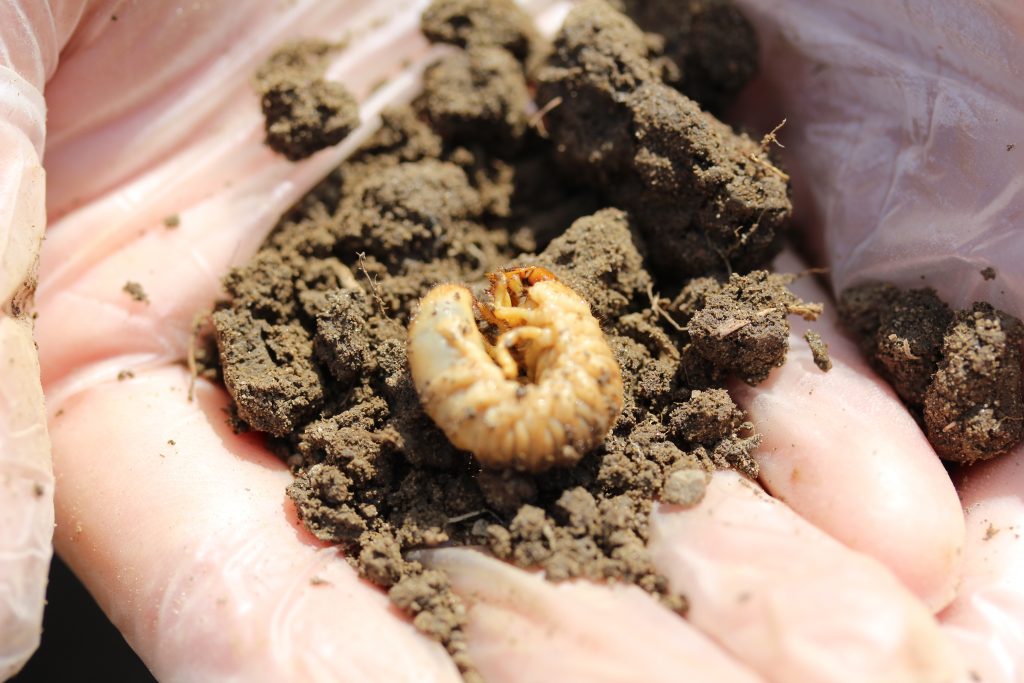As seed orders are being finalized, it’s a good time to reassess whether insecticide seed treatments are truly needed. A comprehensive 4-year study led by Dr. Jocelyn Smith at the University of Guelph – Ridgetown Campus evaluated 129 corn and 31 soybean field trials across Ontario. The study compared fungicide-only seed treatments (FST) with neonicotinoid + fungicide (NST) and diamide + fungicide (DST) treatments.
Key Findings:
- Yield benefits were limited: Only 8% of corn and 6% of soybean sites showed a positive yield response to NSTs.
- Pest pressure was low: Wireworms and grubs were common but rarely caused economic damage.
- Cost recovery was inconsistent: NST costs were only recovered at 48% of corn sites and 23% of soybean sites.
Bottom line: In most cases, insecticide seed treatments did not provide consistent economic benefit, suggesting an opportunity to reduce input costs and environmental impact.
Alternatives for Managing Early Season Pests
For growers facing consistent early-season pest issues, options may include:
- Neonicotinoid seed treatments (if Class E requirements are met)
- Diamide seed treatments
- Soil-applied insecticides
- Cultural practices tailored to the pest of concern
Not every pest is effectively managed using seed treatments. Resources like CropIPM, Crop Protection Hub, Guide to Early Season Field Crop Pests and the Canadian Corn Pest Coalition can help identify pests and the most appropriate management tools.
10 Years of Neonicotinoid Regulations in Ontario
It has been 10 years since the neonicotinoid regulations came into effect in Ontario, following bee kills associated with corn and soybean planting of neonicotinoid treated seed. Research conducted in Ontario fields found significant off-target exposure of bees coming from dust blown out of vacuum planters and wind blown soil from the field during and shortly after planting onto water sources and flowering resources like trees and weeds nearby. To reduce this off-target exposure, corn and soybean seeds treated with neonicotinoid insecticides (imidacloprid, thiamethoxam, or clothianidin) have been classified as Class E pesticides in Ontario under the Pesticides Act.
To purchase and plant Class E pesticides, growers must:
- complete Integrated Pest Management (IPM) training and provide certification number
- provide a signed IPM Written Declaration Form, and
- have a valid pest risk assessment report (PRAR) from the past 10 years that met the pest risk criteria.
Sales representatives and direct-to-farm vendors must collect these documents and provide them to the treated seed vendor.
Environmental Monitoring Continues
While usage rates of Class E pesticides are no longer tracked, pesticide concentrations in water are monitored by MECP and OMAFA at 19 stations across agricultural watersheds. This helps assess environmental risks and guide future risk assessments.
Final Thought
Use seed treatments only when needed. Apply them where they add value—and avoid unnecessary use.
